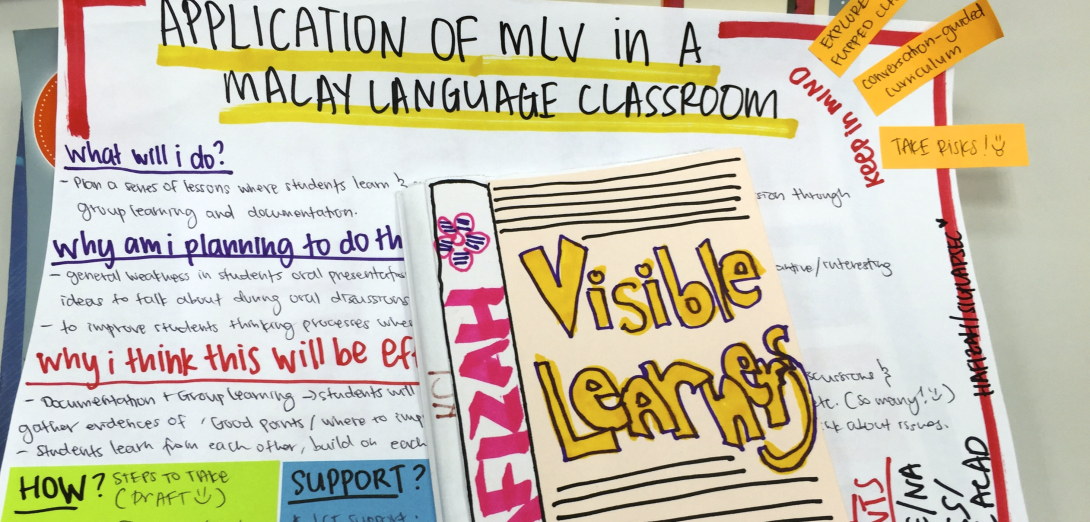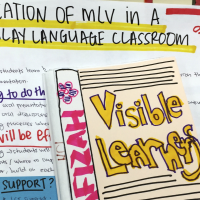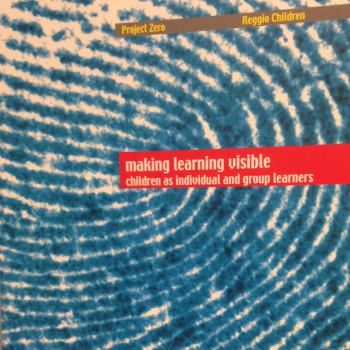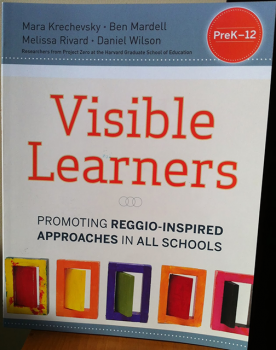

Making Learning Visible
Creating strong learning cultures in schools using documentation as a tool to deepen and extend learning.
In this era of globalization, the ability of individuals to learn and function as part of a group—across cultures, languages, religious beliefs, and diverse approaches to learning—is perhaps the single most essential learning capacity we will need to survive. Making Learning Visible is an investigation into documenting and assessing individual and group learning in U.S. classrooms from preschool to high school. MLV is based on collaborative research with educators from the municipal preschools of Reggio Emilia, Italy. The project has generated a pedagogical framework, two books and multiple articles, two websites, an online course, and a host of tools and pictures of practice.
For access to all Making Learning Visible resources on this website (as used to be accessible from the original MLV website), click here.
Resource
Additional Publications
Making Learning Visible: Children as Individual and Group Learners
Project Zero and Reggio Children (2001)

This book reports on a collaboration between Project Zero and the Municipal Preschools and Infant-toddler Centers of Reggio Emilia, Italy, on the nature of learning in groups and how to understand, support, document, and assess individual and group learning. The authors argue that systematic and purposeful documentation of the ways in which groups develop ideas, theories, and understandings is fundamental to the meta-cognitive activity that is critical to the learning of individuals as well as groups.
Selected Articles
- Accountability in Three Realms: Making Learning Visible Inside and Outside the Classroom
- Challenging Educational Assumptions
- Changing our Skin: Creating Collective Knowledge in American Classrooms
- Engaging City Hall: Children Are Citizens
- Places to Play in Providence: Valuing Preschool Children as Citizens
- Zooms: Promoting Schoolwide Inquiry and Improving Practice
Selected Videos
Related Websites
The Wheelock Documentation Studio: The Wheelock Documentation Studio is a space for educators to learn about, develop, and exhibit documentation from a variety of learning contexts.
The Boston Public Schools Early Childhood Making Learning Visible Weebly: This site includes videos, documentation examples, and other resources related to MLV practices in early childhood classrooms.
Reggio Children: International Center for the Defense and Promotion of the Rights and Potentials of All Children – is a mixed public-private company established in 1994 on the initiative of Loris Malaguzzi and a group of local citizens. Reggio Children’s mission is to carry out experimental research and to promote and disseminate high quality education worldwide. Reggio Children also manages the educational and cultural exchange initiatives between the municipal early childhood institutions of Reggio Emilia and educators and researchers from around the world.
Pictures of Practice
Examples of Documentation to Aid Teachers' Own Reflections
Documentation collected for this purpose helps teachers stay close to students' learning and interests by enabling them to revisit a learning experience. It leads teachers to compare what they thought would happen to what really went on and informs decisions about where to go next. Sharing this kind of documentation with others reduces the subjectivity of a single person's analysis and interpretation and can deepen understanding. This form of documentation is the least shaped (or the most "raw") of the three types described here. Reviewing this type of documentation often influences the amount of time a group spends on a topic and the level of student involvement in shaping the learning experience.
Examples of Documentation Shared Back with Learners
Making visible images of learning and being together in a group is a way to foster group identity and learning. This type of documentation promotes conversation or deepens understanding about one or more aspects of a learning experience. It can serve as a memory of learning in the classroom, allowing children and adults to reflect on, evaluate, and build on their previous work and ideas. Sharing documentation back with learners can take many forms: a photocopied sheet of paper, words repeated back to students, work brought back to a small group or put up on a wall, or a carefully arranged panel. The examples in this section range from more immediate and "in the moment" to more fully framed and shaped.
Examples of Documentation that is Shared More Widely
Documentation is an act of communication; it makes public a conversation about what we value. When preparing documentation to stand on its own, documenters need to provide enough context and framing so that others can derive meaning from it. Depending on the purposes and setting for the documentation, the context could include logistical information, such as key names, dates, and age group represented, as well as the purpose of the learning experience.




-
-
-
-
-
-
Support PZ's Reach